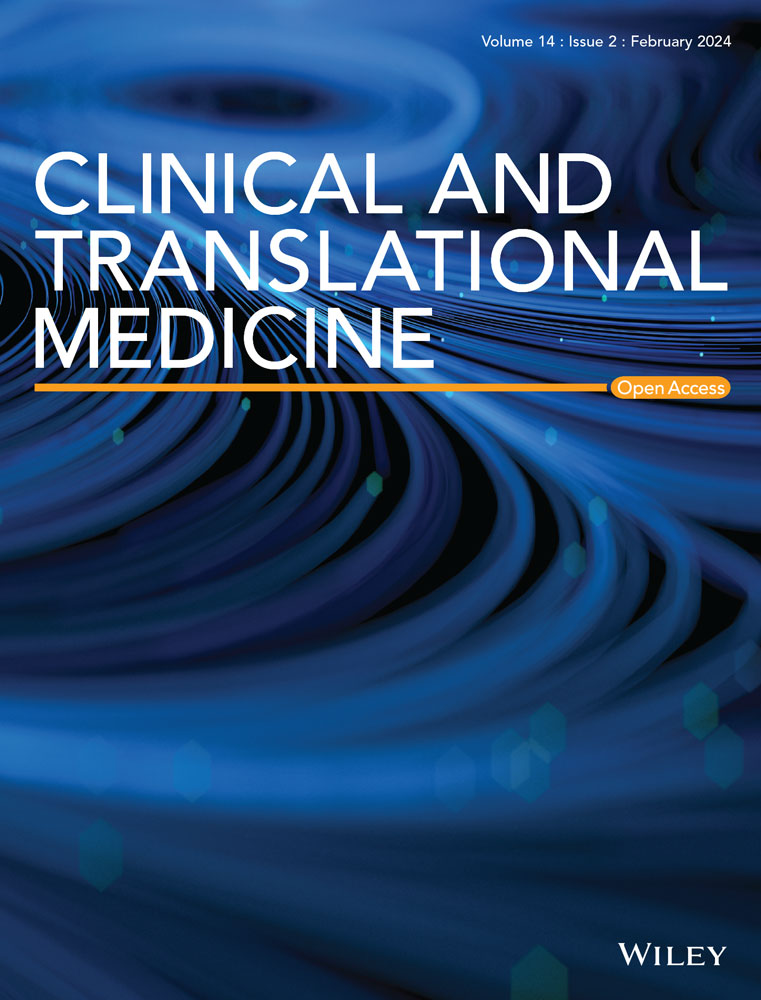Targeting Zfp36 to combat cardiac hypertrophy: Insights into ferroptosis pathways
Abstract
Background
Cardiac hypertrophy is a precursor to heart failure and represents a significant global cause of mortality, thereby necessitating timely and effective therapeutic interventions. Zinc finger protein 36 (Zfp36) is recognised as a critical regulator of ferroptosis; however, its role and underlying mechanisms in cardiac hypertrophy remain largely unexplored. This study aims to investigate the regulatory function of Zfp36 in ferroptosis within the context of cardiac hypertrophy.
Methods and results
Single-cell sequencing analysis demonstrated a reduction in Zfp36 expression associated with cardiac hypertrophy. Zfp36 was observed to mitigate ferroptosis and reduce hypertrophic phenotypes in cardiomyocytes subjected to Angiotensin II (Ang II) and in myocardial tissues induced by transverse aortic constriction. The ferroptosis inhibitor Ferrostatin-1 was shown to alleviate hypertrophy when co-incubated with si-Zfp36 and Ang II. Mechanistically, Zfp36 binds to the 3′ untranslated region (3′UTR) of Ythdc2 mRNA, facilitating its degradation. Ythdc2 subsequently binds to SLC7A11 mRNA, enhancing its decay, which leads to a reduction in glutathione (GSH) levels, thereby exacerbating ferroptosis and cardiac hypertrophy. Furthermore, overexpression of Ythdc2 reversed the protective effects conferred by Zfp36, while silencing of Ythdc2 counteracted the effects of Zfp36 knockdown.
Conclusions
This study elucidates the role of Zfp36 in cardiac hypertrophy, specifically detailing its modulatory mechanism via the Ythdc2/SLC7A11/GSH ferroptosis pathway. These insights lay the groundwork for innovative approaches to understanding the pathological mechanisms underlying cardiac hypertrophy and enhancing clinical interventions.
Key points
- Zfp36 was initially demonstrated to attenuate cardiac hypertrophy through the inhibition of ferroptosis in cardiomyocytes, providing a new target for therapeutic strategies targeting ferroptosis.
- Zfp36 facilitated the degradation of Ythdc2 mRNA by binding to it, subsequently inhibiting Ythdc2-mediated degradation of SLC7A11 mRNA, and maintaining GSH levels. This elucidates a previously unrecognized regulatory pathway in the context of cardiac hypertrophy.


 求助内容:
求助内容: 应助结果提醒方式:
应助结果提醒方式:


